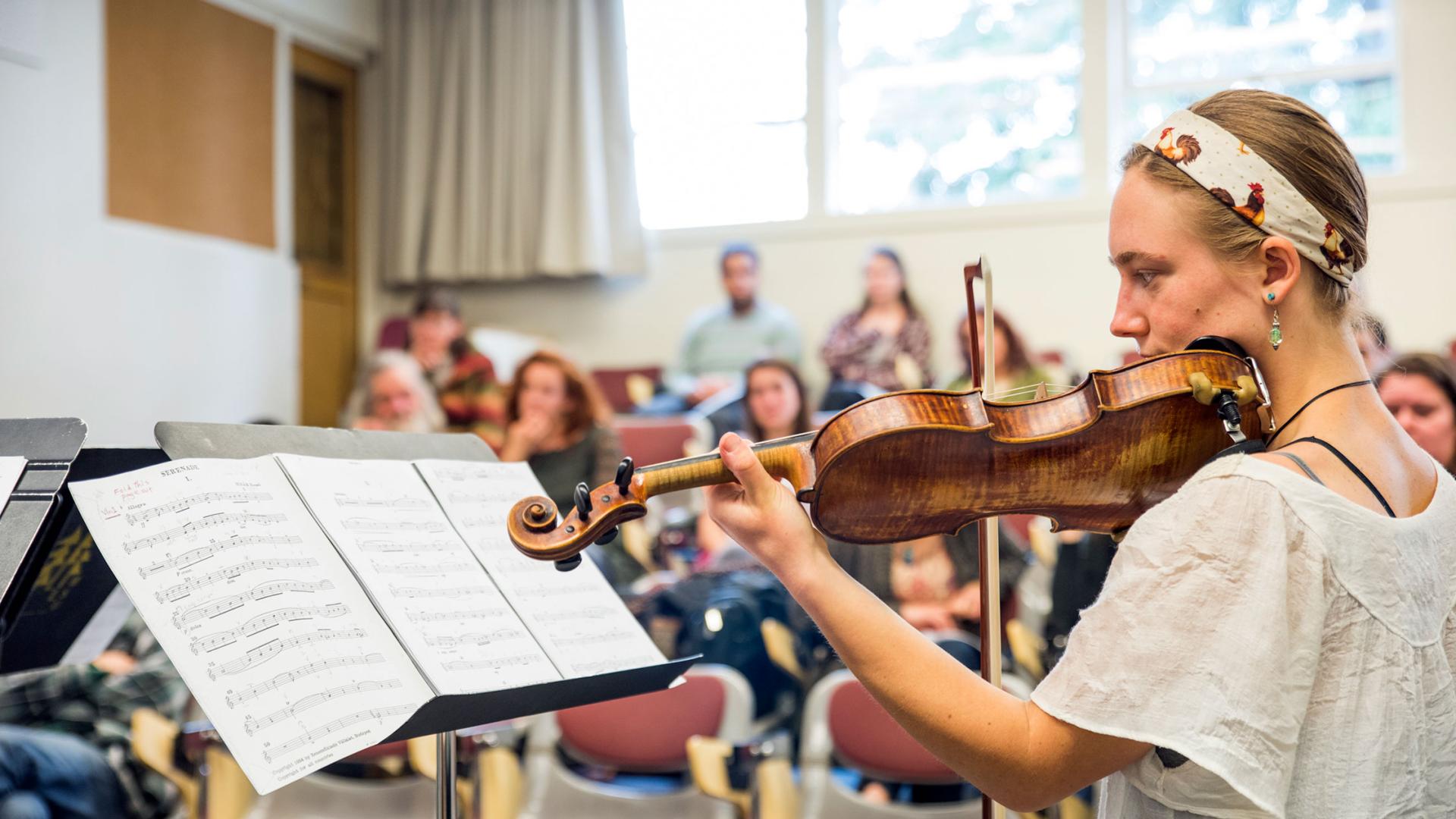Breadcrumb
The essence of a cell’s identity and function lies in its transcriptomic landscape, including the variety of protein isoforms that arise from alternative splicing (AS). Of all protein-coding genes in the human genome, greater than 90% undergo post-translational AS, giving rise to many unique isoforms from a single gene. Through rearrangement of functional domains prior to translation, AS allows a single gene to encode a variety of proteins that may function in varying degrees of similarity or differ entirely in their activity.





